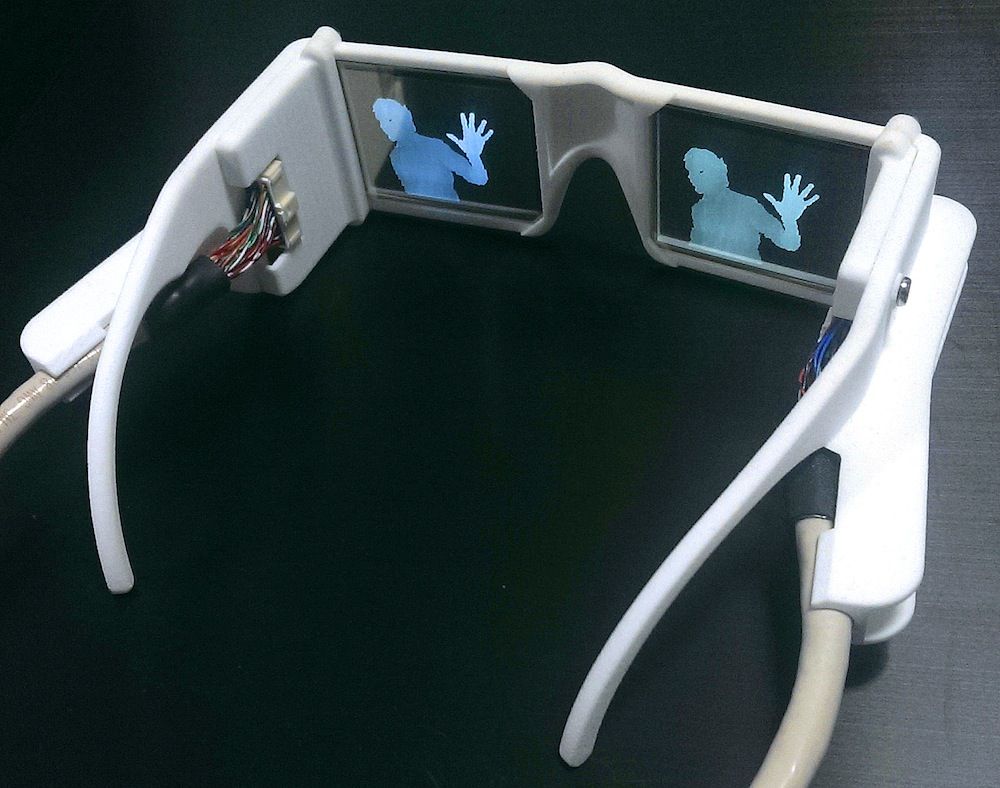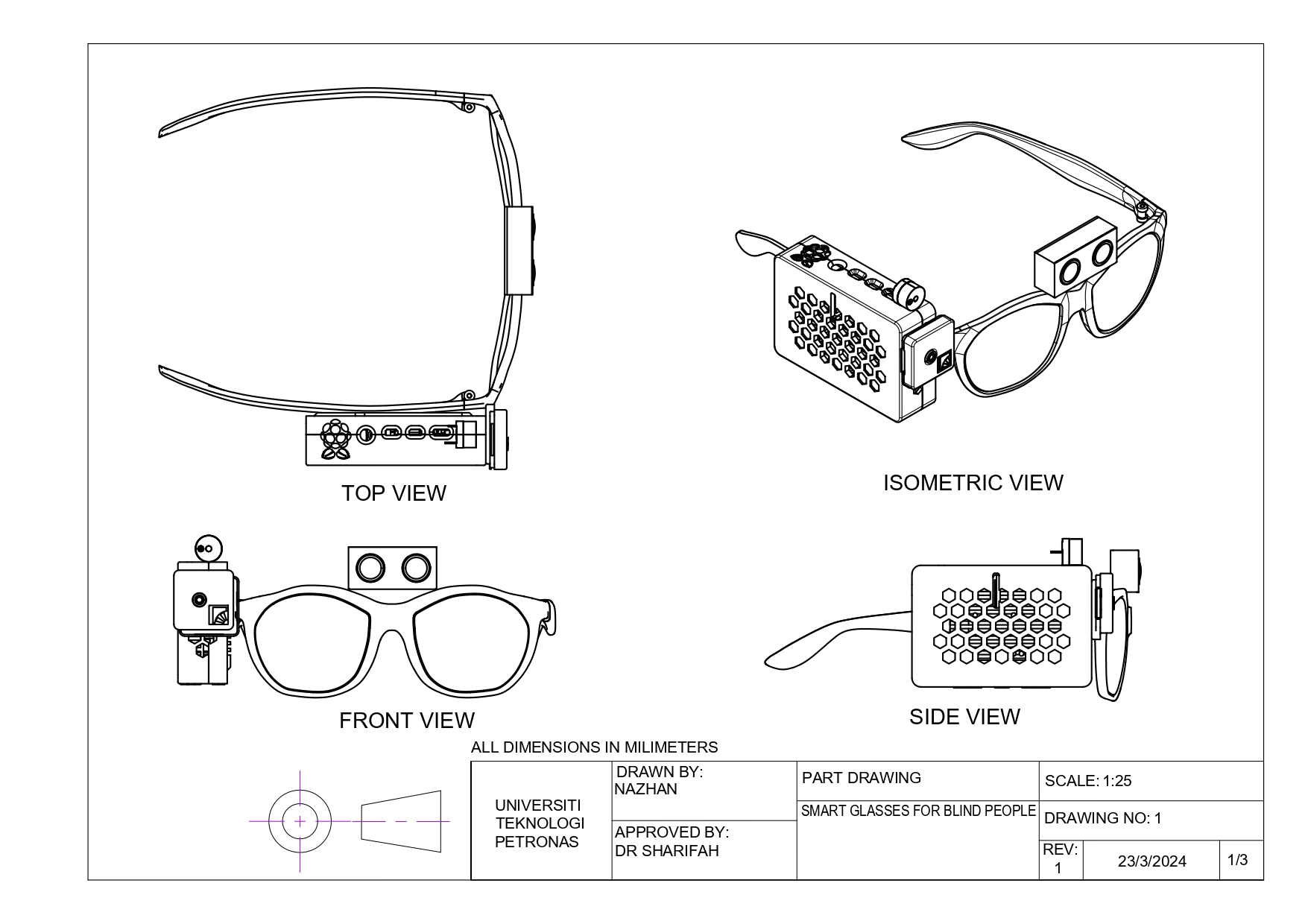Maximizing Efficiency with Screen Readers for the Blind: A Comprehensive Guide
Discover Advanced Assistive Instruments for Individuals With Visual Impairments
The landscape of assistive innovation for people with aesthetic impairments is developing swiftly, providing a series of ingenious devices that enhance autonomy and engagement (Braille displays and notetakers). From wise glasses that seamlessly combine aesthetic input with acoustic guidance to innovative navigation applications that redefine spatial awareness, these tools are improving possibilities. In addition, the latest improvements in Braille modern technology and voice-activated systems dramatically contribute to ease of access. Nonetheless, the ramifications of these growths extend much beyond mere performance; they challenge traditional perceptions of handicap and self-reliance. What might this indicate for the future of inclusion and support?
Smart Glasses Innovations
Smart glasses stand for a significant development in assistive technology for people with aesthetic disabilities. Geared up with sensors and cameras, smart glasses can catch real-time aesthetic details, which is after that refined and communicated to the user through sound feedback or haptic experiences.
In addition, innovations in man-made intelligence have actually better boosted the capabilities of wise glasses. Machine discovering algorithms can identify faces, checked out text, and recognize items, making them indispensable tools for day-to-day tasks. Customers can obtain auditory cues that give context regarding their environment, cultivating self-reliance and self-confidence.
Furthermore, the ergonomic style and lightweight nature of lots of wise glasses make them appropriate for extended use, making sure comfort while improving performance. As these gadgets continue to progress, they hold the potential to change the method individuals with visual disabilities experience their lives, linking the void in between ease of access and innovation. The recurring research study and growth in this field pledge to broaden the opportunities for wise glasses, making them a crucial element of modern assistive devices.
Navigation Apps and Devices
Numerous navigation applications and devices have actually arised as essential resources for individuals with aesthetic impairments, significantly enhancing their capability to pass through unknown atmospheres. These modern technologies leverage GPS functionality, audio cues, and real-time information to give customers with precise navigating assistance.
One noticeable example is the Aira app, which links customers to experienced agents who can give visual descriptions of surroundings and navigation support via an online video clip feed. This solution improves the individual's spatial understanding and self-confidence while browsing. One more notable tool is Seeing Eye GPS, which supplies voice-guided navigation and sights, making it possible for customers to accessibility crucial info regarding their environments.

As innovation remains to breakthrough, the growth of extra advanced navigation devices guarantees to further encourage individuals with visual problems, assisting in seamless mobility and combination into diverse settings. Such innovations are critical in promoting a more inclusive society.
Braille Technology Advancements
Over the last few years, improvements in Braille technology have actually substantially changed how individuals with aesthetic impairments gain access to information and engage with the world around them. The advancement of portable Braille displays has reinvented analysis by permitting customers to attach wirelessly to tablets, computer systems, and smartphones. These gadgets convert message into Braille in real-time, making it possible for smooth interaction with electronic material.
Moreover, cutting-edge Braille printers have emerged, improving the production of tactile products. Modern embossers are faster and a lot more efficient, permitting for the rapid creation of Braille documents and instructional materials. This effectiveness decreases the time and price related to generating Braille sources, making them extra accessible to companies and schools.
Furthermore, the assimilation of Braille with other modern technologies, such as artificial intelligence and device knowing, has opened up new opportunities for individualized knowing experiences. Voice acknowledgment and synthesis technologies can match Braille, providing a comprehensive technique to info check my blog dissemination.
As the need for comprehensive education and workplace atmospheres grows, these technical improvements play a critical duty in encouraging individuals with visual impairments, ensuring they have equivalent access to information and possibilities in various aspects of life.
Wearable Gadgets for Self-reliance
An expanding variety of wearable gadgets is boosting self-reliance for individuals with visual impairments, using cutting-edge solutions that enhance navigation and day-to-day living. Braille displays and notetakers. These gadgets utilize innovative modern technologies to supply real-time responses and assistance, advertising autonomy in various environments

Wearable technology also consists of smartwatches that find here can be set with accessibility functions, making it possible for users to get alerts, track their locations, or even require aid with the touch of a button. Some gadgets include fabricated intelligence to analyze the environment, offering audio descriptions of nearby objects or people.
Voice-Activated Assistive Solutions
Leveraging voice-activated assistive services has transformed the landscape of support for individuals with visual disabilities, offering hands-free interaction and access to a variety of tasks. These modern technologies utilize natural language handling and man-made knowledge to make it possible for customers to execute day-to-day tasks via straightforward voice commands.

Furthermore, recent improvements in voice acknowledgment precision have enhanced the individual experience dramatically, suiting varied accents and speech patterns. This inclusivity makes certain that even more people can profit from these innovations, cultivating a better feeling of autonomy.
Verdict
Finally, the development of advanced assistive devices substantially improves the self-reliance and lifestyle for individuals with aesthetic problems. Advancements such as wise glasses, navigation apps, Braille technology, wearable devices, and voice-activated solutions jointly cultivate a more inclusive atmosphere. These innovations equip users to browse their environments with confidence and engage more fully with the globe, eventually advertising better ease of access and equivalent chances for individuals dealing with visual difficulties.
The landscape of assistive innovation for individuals with aesthetic disabilities is developing rapidly, offering a variety of ingenious tools that boost freedom and engagement.Smart glasses represent a significant improvement in assistive modern technology for people with visual disabilities. As these gadgets continue to evolve, they hold the potential to change the means individuals with visual problems experience their day-to-day lives, linking the void between accessibility and modern technology.In recent years, advancements in Braille modern technology have significantly transformed just how individuals with aesthetic impairments access details and involve with the world around them. These modern technologies equip users to navigate their surroundings with confidence and engage more totally with the globe, inevitably promoting better availability and equivalent opportunities for individuals encountering visual difficulties.